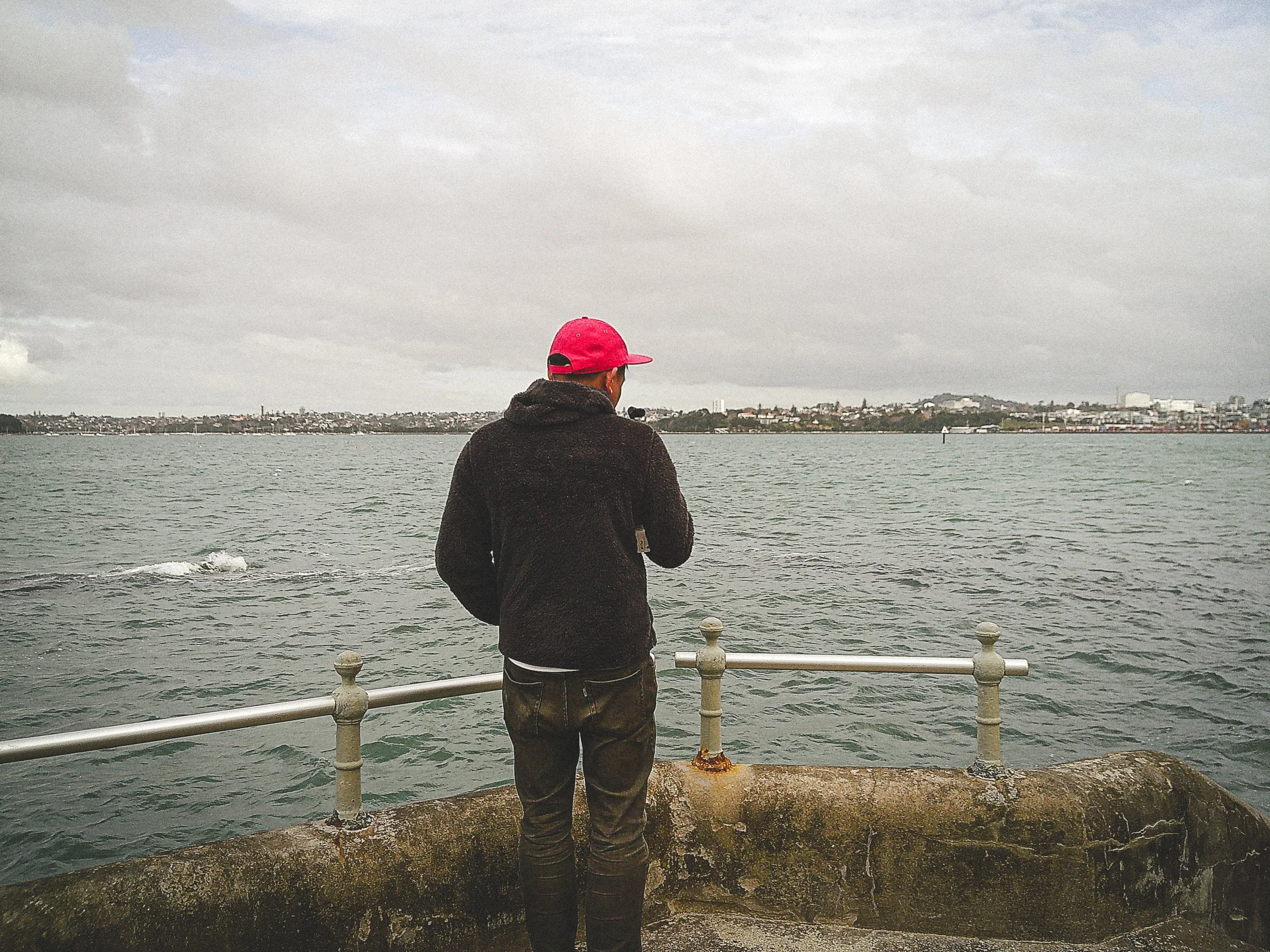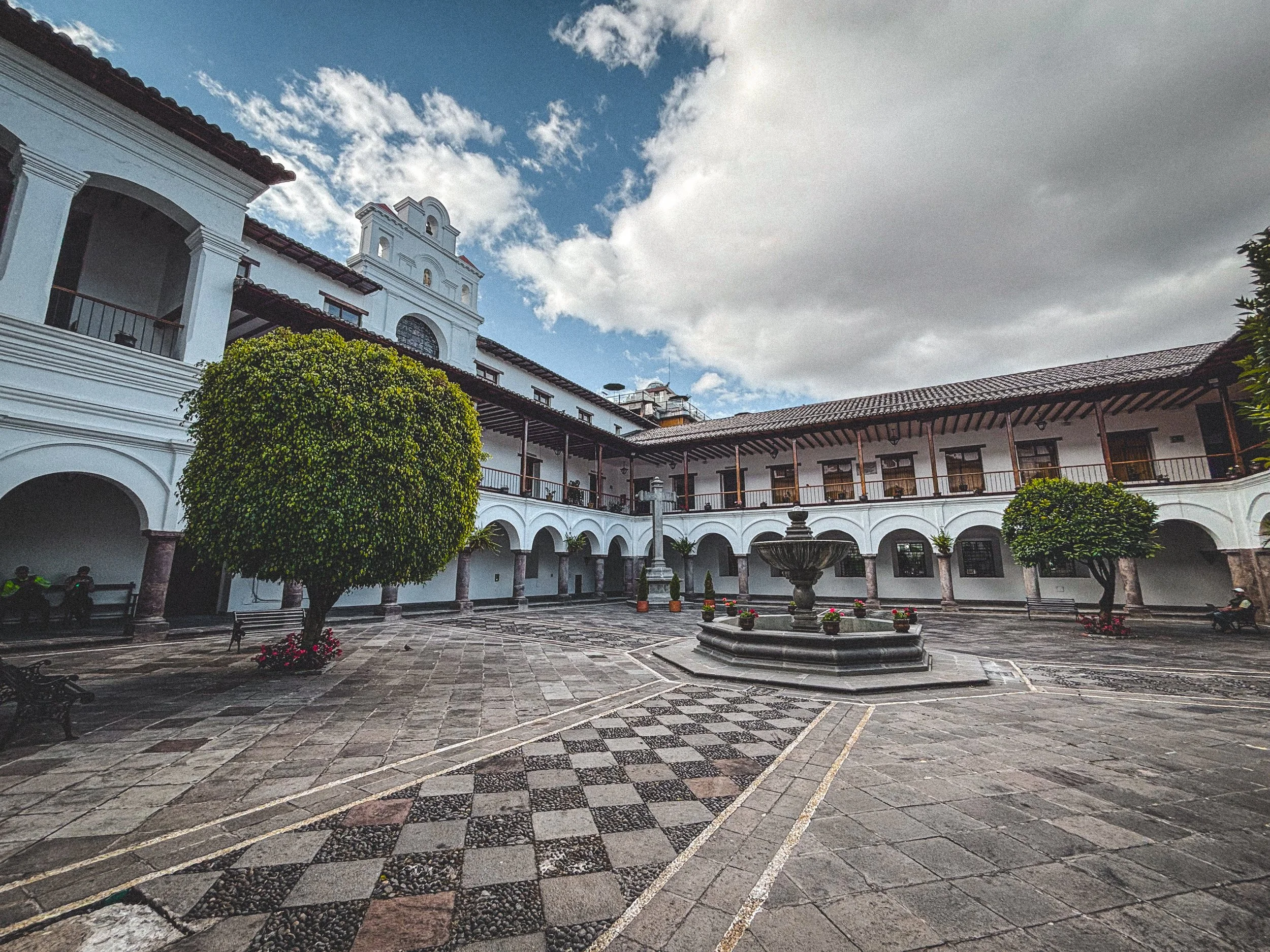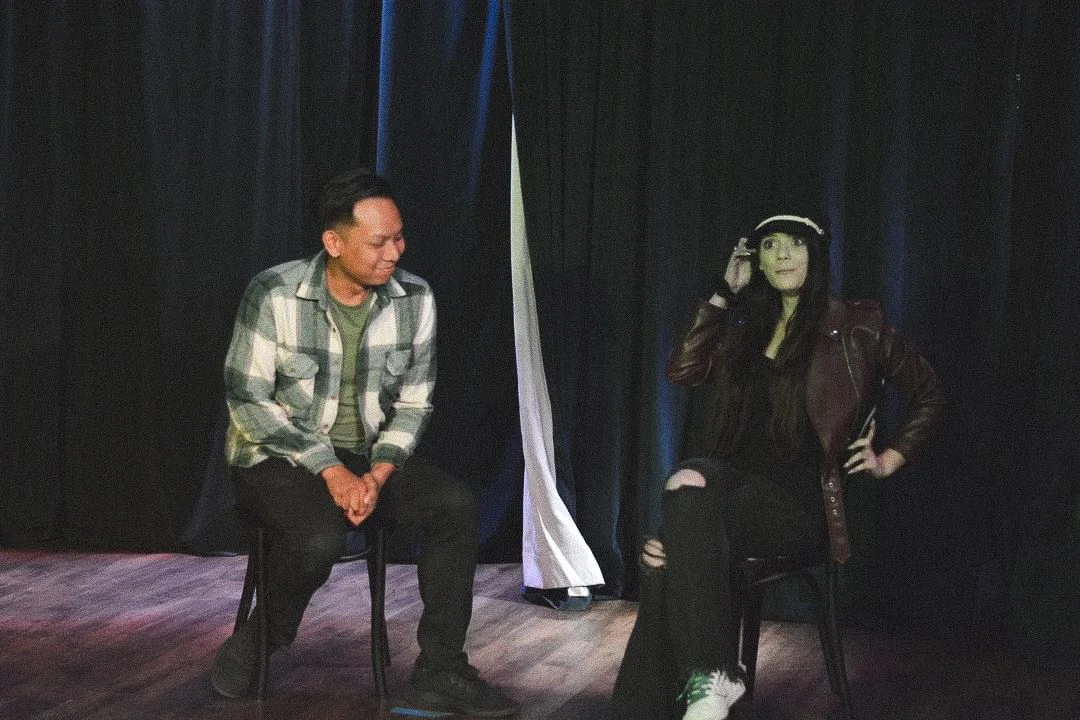I hadn’t been in New Zealand for very long when I decided New Zealanders might be the funniest batch of people on Earth.
You know how isolated islands lead to all kinds of quirky species evolve? Like Tasmania or the Galapagos? Something similar must be happening with humor over in New Zealand.
New Zealand has a rather large profile when it comes to comedy, especially relative to its size. Taika Waititi is currently its most known entity. His popularity follows that of Flight of the Concords. You can find Kiwi sensibility all over their work. Yet, to best appreciate New Zealand’s wit, you need to take things down to a street level.
Much like their neighbors in Australia, New Zealand jokes fit the Tall Poppy Syndrome. It’s rooted in a culture that values egalitarianism. It’s what happens when someone starts to achieve a ton of success. When they start to stand out, it’s the duty of their peers to ‘cut them down to size.’
Barbs and roasts are a pretty good way to trim those “tall poppies.”
In comedy terms, you often hear this described as “punching up.” But in New Zealand, it’s often applied among peers than in a revolutionary sense of “speaking truth to power.”
In that regard, no one of Taika Waititi’s pedigree could be a complete ambassador of New Zealand’s funny side. I love most of his movies, but it’s hard not to see him as the current tall poppy in the field.
It goes without saying that the best way to get to know and appreciate New Zealand’s humor is at a street level. It’s in the subtle chuckle of a bus driver when a tour group is too serious. It’s in the self deprecating admission of our wine tasting guide blurting out that he’s more of a beer guy.
It’s mischievous, understated, and revels in the awkwardness of social situations. The proper word is “cheeky.” What a fitting adjective. There’s a fine art to cheekiness that I envy.
For new explorers of comedy’s fault lines, The Office is a good starting point. The differences between the British and American versions, that is. Dry British humor catches so many of us Americans off guard. As a teenager, I discovered TriggerHappy TV. It was Britain’s take on a Candid Camera type show. I loved it, but there was something so blunt about its gags.
That was my first conscious encounter with different comedy cultures. But earlier exposure came via the land of my ancestry, the Philippines.
In the 1980s, a duo called Dolphy and Babalu were the Laurel and Hardy of the Philippines. Their comedy routines often involved a lot of shouting and running around. I still remember a bit when Dolphy (or was it Babalu? Who knows?) is trying to take a shower in a bathroom with a bunch of plumbing malfunctions. Around the same time, I was also introduced to Yoyoy Villame. Imagine the Philippines’ Weird Al. A maker of silly songs.
Filipino humor was as loud as New Zealand’s is subtle. But what it lacks in sophistication it makes up for with endearing sincerity. And there are some good explanations about why it’s like that.
On an archipelago with over 700 languages, slapstick and physical humor rule. They cover more ground than language based jokes. That said, Filipinos love wordplay and puns. It makes sense to me. With how much we love to sing, auditory experiences go far.
The country has seen its share of poverty, political turmoil, and natural disaster. With that in mind, humor can be a bit of a coping mechanism. Humor is a reflection of the national characteristic of being resilient, matiyaga. It helps to keep spirits up during crises.
It dawns on me that I have these insights because I have a direct link through my Filipino heritage. The settings are familiar to me. I understand Tagalog. And that makes me realize something. My grasp on the different comedic cultures of the world will always have limits. Comedy needs context. While I’ve been able to travel a lot, without the lived experience or language of a place… you won’t quite get it.
Sure. Every now and then we get a Mr. Bean or Khaby who can transcend those boundaries. But that happens like once in a generation.
(And yeah, I stand by my assertion that Khaby is the Gen Z Mr. Bean.)
Spanish creates an interesting window. Spanish speaking countries vary quite a bit in how they approach humor. When I lived in Argentina, there was a sarcastic, cynical undertone to a lot of the joking. So much of it veered into politics. I love Argentina, but this is so different from my style. It’s so different from the lighthearted storytelling humor you find in Colombia. Or the playful, raunchy jokes of Mexico.
South Africa has one of the most fascinating relationships with comedy. At least that I’ve encountered. For starters, it has a patchwork of different influences. South Africa has seen drastic amounts of social change in recent history. So much comedy takes place in the awkward in-betweens of carving out a new normal.
The linguistic diversity of South Africa creates opportunity. It allows storytellers and comedians to take on different characters. Code switching mid-anecdote paints a picture. Playing with or subverting stereotypes challenges societal expectations. Many South African comedians have a skill at switching styles. They go between macro-political commentary and humor focused on mundane everyday moments.
There are elements of that cheekiness I loved about New Zealand in South Africa as well. Is it a former British colony thing? A Southern Hemisphere thing? I don’t know. I do know I appreciate South African’s exaggerated responses. Responding to an absurd situation with a hearty shoooooo... That makes it that much more lively.
There’s no one way to be funny.
I’ve traveled a lot, and the crossroads of culture and humor remain mysterious.
I find it delightful and humbling.







